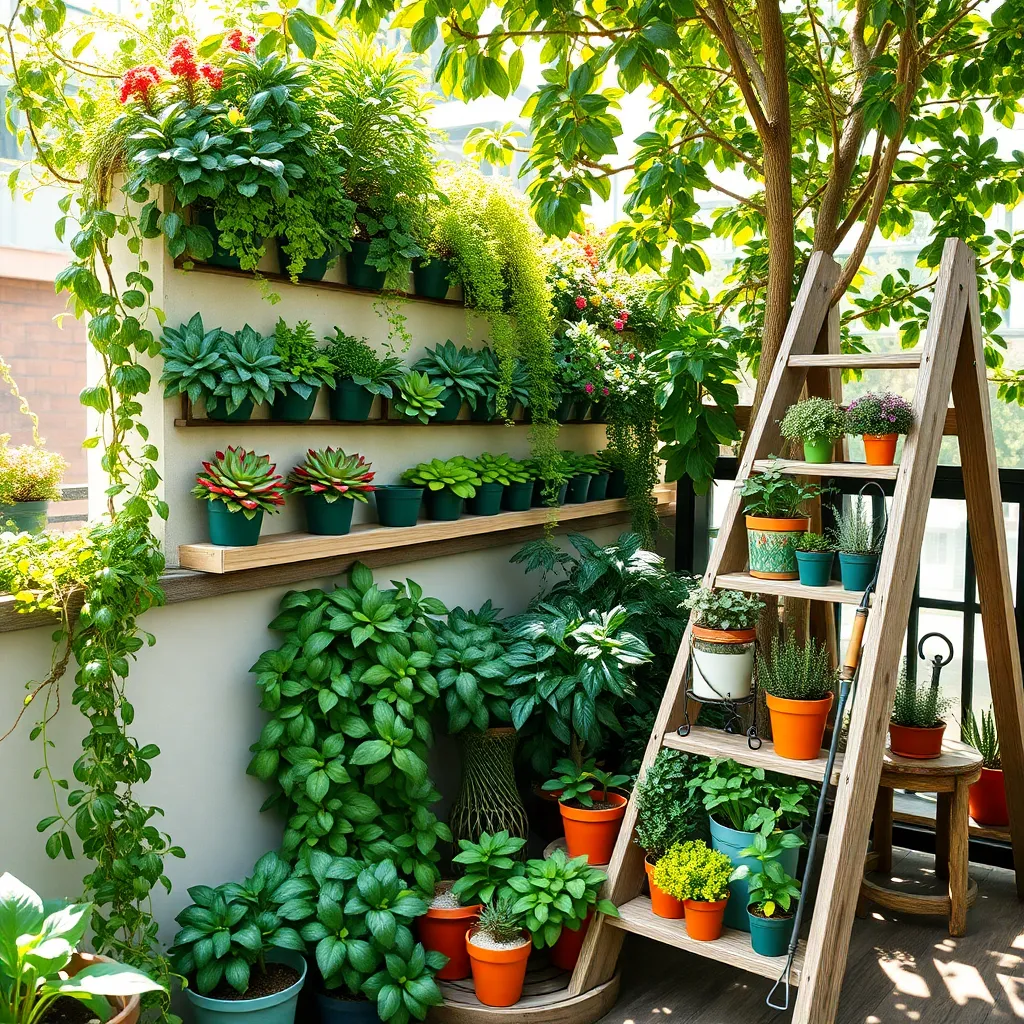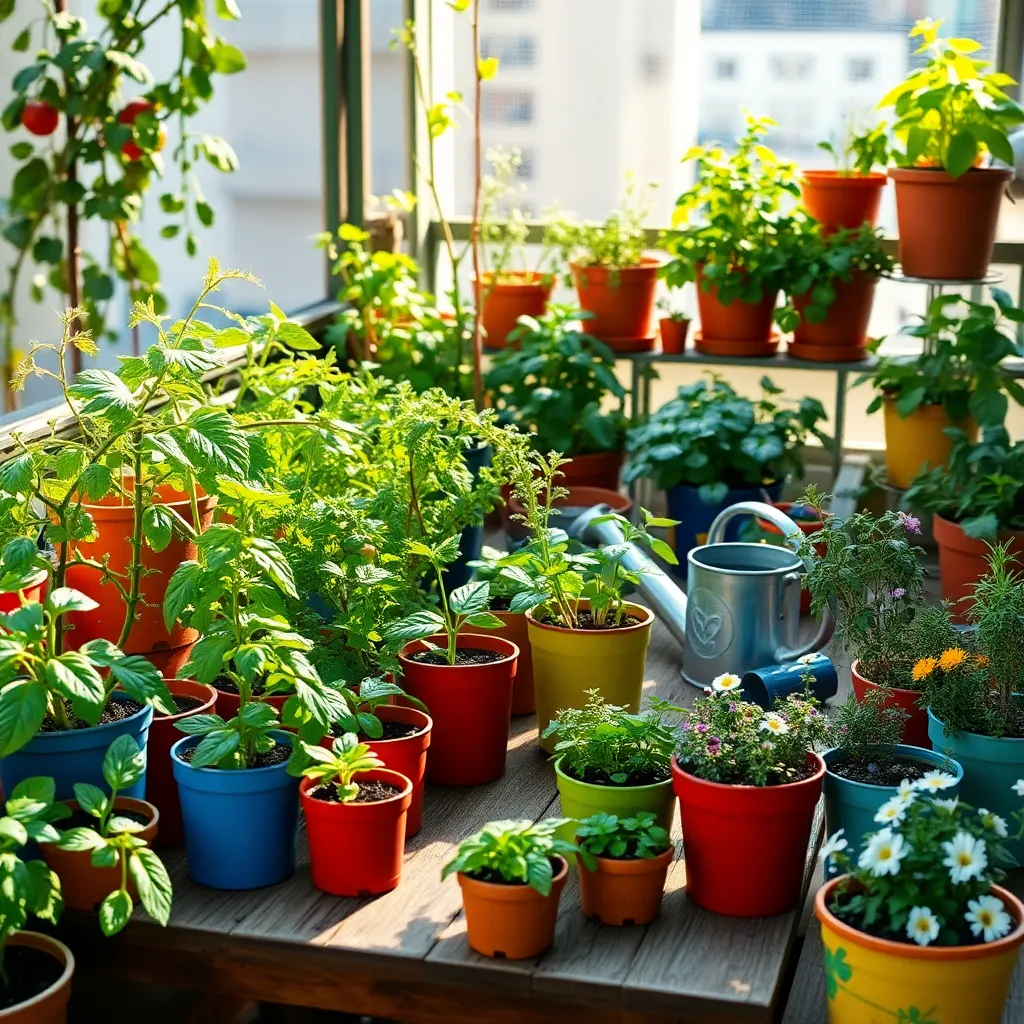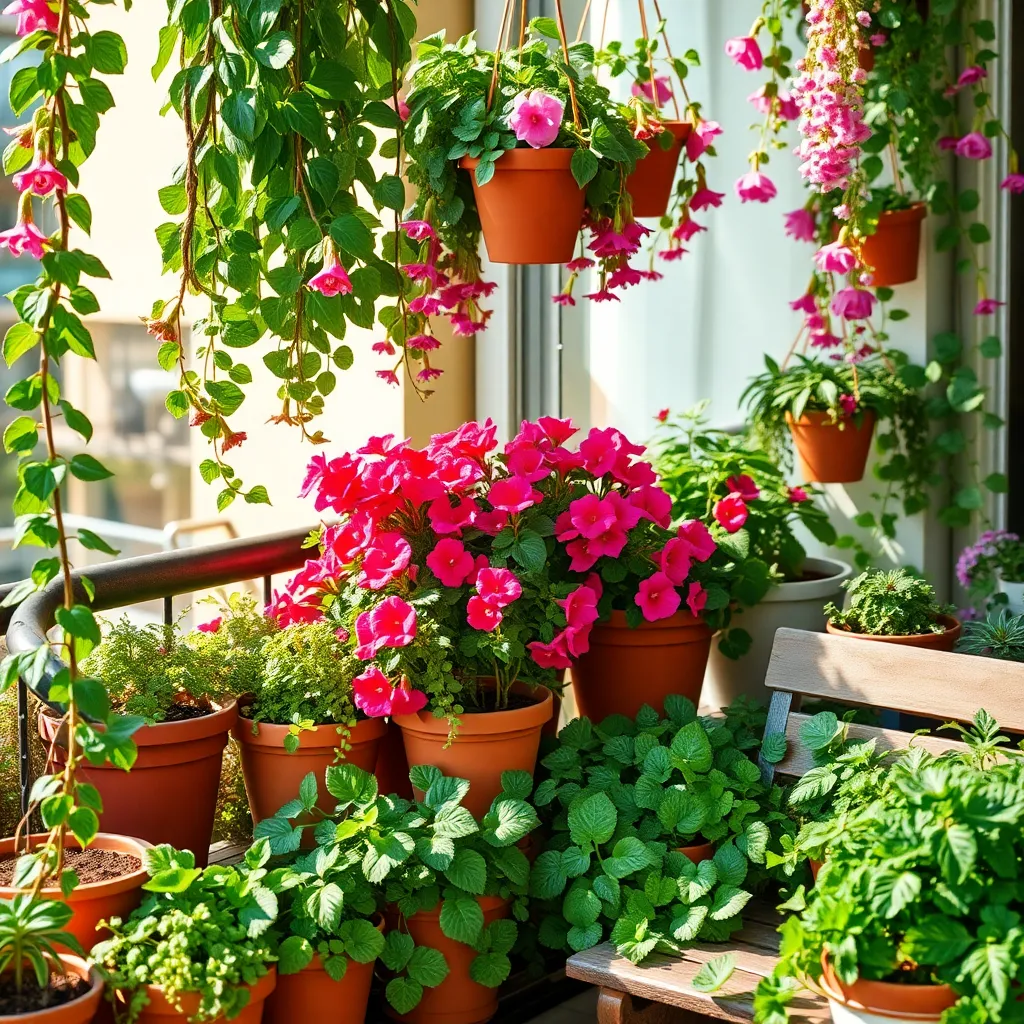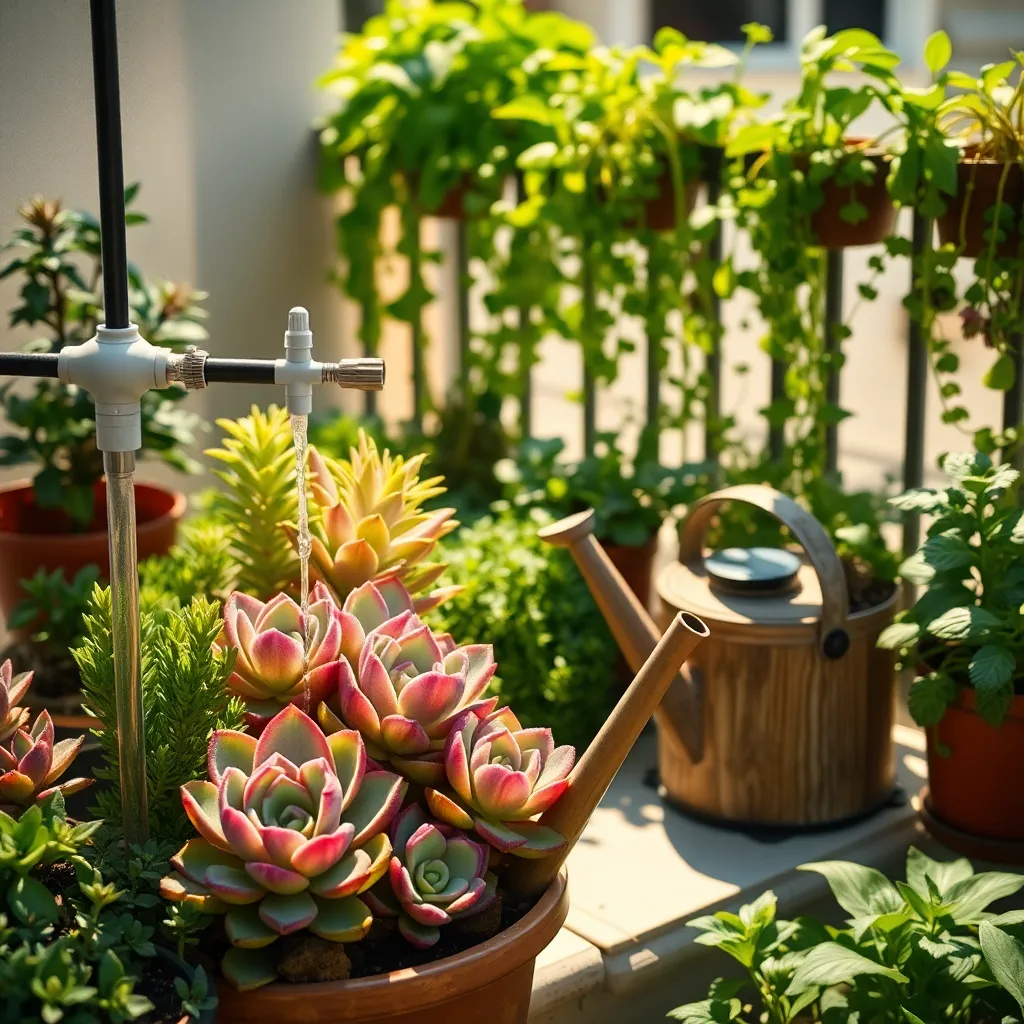Welcome to “Gardening Tips for Small Spaces,” where the wonders of nature meet the cozy confines of your home, balcony, or patio. Whether you’re a beginner just dipping your toes into the world of gardening or a seasoned green thumb looking to maximize a snug space, this guide is your ticket to a thriving oasis, no matter how limited your area may be.
In a world where space can often feel like a luxury, getting creative with garden design is not just a necessity but a delight. Here, you’ll find a treasure trove of innovative tips and techniques that promise to transform the smallest of spaces into lush, vibrant retreats, making every square inch count.
Imagine the joy of harvesting fresh herbs from your windowsill or the pride in nurturing a blooming flower box that catches every neighbor’s eye. With the practical advice laid out in this guide, your confidence will bloom as robustly as your plants, ensuring that you can create a beautiful, bountiful garden that rewards you with beauty and bounty all year round.
Maximize Vertical Growing Space

Vertical gardening is an excellent strategy to make the most of limited space, allowing you to grow more plants without needing extra ground area. Consider using a variety of supports such as trellises, wall planters, and hanging pots to create layers of vegetation.
Choose plants that naturally grow upwards, such as pole beans, peas, and tomatoes. Ensure these climbers have sturdy structures to support their weight as they mature, and secure them with soft ties to prevent damage.
For beginners, start with easy-to-grow vertical plants like herbs, which thrive in small pockets of soil. Use a lightweight, well-draining potting mix and place them in areas with at least six hours of sunlight daily for optimal growth.
Advanced gardeners might explore vertical hydroponic systems, which offer efficient water usage and accelerated plant growth. Ensure your setup includes a reliable irrigation system and high-quality nutrient solutions to support healthy plant development.
Choose Compact Plant Varieties

In small spaces, choosing compact plant varieties can make a world of difference in maximizing your gardening potential. Compact plants are specifically bred to thrive in confined areas, offering abundant yields without requiring much room.
Opt for dwarf or miniature varieties of your favorite plants to maintain a lush garden without overcrowding. For instance, consider varieties like ‘Micro Tom’ tomatoes or ‘Baby Belle’ peppers, which are perfect for container gardening.
When selecting compact plants, pay attention to their specific growing requirements to ensure healthy growth. Most compact varieties thrive in well-draining soil and require regular watering, so ensure your pots have proper drainage holes and check moisture levels frequently.
For gardeners with a bit more experience, consider experimenting with companion planting to maximize space efficiency further. Pairing compatible compact plants, such as basil with dwarf tomatoes, can enhance growth and flavor while effectively utilizing available space.
Utilize Containers and Hanging Pots

Containers and hanging pots are excellent solutions for gardening in small spaces. They allow you to maximize vertical space and bring greenery to areas like balconies and patios, where ground space is limited.
When choosing containers, opt for lightweight materials like plastic or fiberglass, which are easier to move around as needed. Ensure the pots have adequate drainage holes to prevent waterlogging and root rot.
Selecting the right plants is crucial for container gardening success. Consider plants like herbs, succulents, and small flowering species that thrive in confined spaces and require minimal soil depth.
For hanging pots, ensure they are securely fastened to prevent accidents, especially in windy conditions. Use high-quality potting mix that retains moisture yet drains well, enhancing the plants’ growth and health.
Incorporate Multi-Functional Furniture

Integrating multi-functional furniture into your garden can maximize space and add utility. Look for pieces that double as planters, such as benches with built-in containers, which allow you to grow herbs or flowers right where you relax.
Consider vertical structures like ladder shelves that serve as both storage and display for your potted plants. These can hold a variety of containers, enabling you to showcase trailing plants like ivy or herbs like oregano, which thrive in well-drained soil.
Another clever solution is to use foldable furniture that can be easily moved or stored when not in use, giving you more gardening room. Opt for tables with a removable top that can serve as a potting bench, providing a convenient surface for replanting or seed-starting tasks.
For advanced gardeners, incorporating a raised garden bed with seating around its perimeter can be an excellent addition. This setup allows for efficient gardening while providing a place to rest, and it works well for cultivating root vegetables like carrots and radishes, which require loose, sandy soil and consistent watering.
Implement Smart Watering Solutions

Optimizing water use is crucial in small space gardening, where every drop counts. Smart watering solutions help ensure your plants receive the right amount of moisture without wasting resources.
Consider installing a drip irrigation system, which delivers water directly to the plant roots. This method minimizes evaporation and runoff, making it ideal for container gardens and raised beds.
For those starting out, use self-watering pots that maintain consistent moisture levels. These pots have a reservoir at the bottom, allowing plants to absorb water as needed, reducing the risk of overwatering.
Advanced gardeners might explore soil moisture sensors to monitor and automate watering schedules. These sensors provide real-time data, ensuring plants are watered only when necessary, which is especially useful during unpredictable weather conditions.
Conclusion: Growing Success with These Plants
In nurturing your relationship within the confines of small spaces, we explored five key concepts: cultivating patience like a gardener tends to a fragile seedling, communicating openly to nurture growth, making the most of every inch by cherishing small moments, embracing adaptability to thrive in changing conditions, and finding beauty in simplicity to appreciate the love you have. These concepts serve as the fertile soil in which your relationship can flourish, regardless of space constraints.
As an actionable next step, begin by creating a shared space for reflection—a small corner or a virtual journal—where both of you can express appreciation and dreams for your partnership. This small but significant act can deepen connection and understanding.
Remember, the journey to a thriving relationship is ongoing. Bookmark this article to revisit these gardening tips whenever you need a gentle reminder of how to cultivate love in limited spaces. By doing so, you equip yourself with the tools to navigate and nurture your relationship garden.
Looking ahead, may your efforts in tending to your relationship lead to a flourishing partnership that stands the test of time, proving that with intention and care, love can bloom beautifully anywhere.
